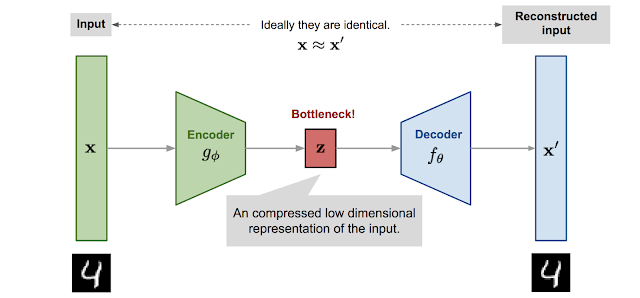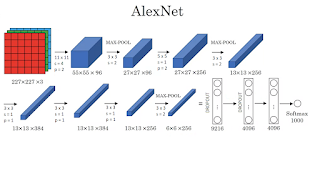Decoding the math behind Diffusion Models: A breakthrough in Generative AI

Diffusion models are a new class of state-of-the-art generative models that generate diverse high-resolution images. There are already a bunch of different diffusion models that include Open AI’s DALL-E 2 and GLIDE, Google’s Imagen, and Stability AI’s Stable Diffusion. In this blog post, we will dig our way up from the basic principles described in the most prominent one, which is the Denoising Diffusion Probabilistic Models (DDPM) as initialized by Sohl-Dickstein et al in 2015 and then improved by Ho. et al in 2020. Images produced by Dall-E 2 The basic idea behind diffusion models is rather simple. It takes an input image $\mathbf{x}_0$ and gradually adds Gaussian noise to it through a series of $T$ time steps. We will call this the forward process. A network is then trained to recover the original image by reversing the noising process. By being able to model the reverse process, we can start from random noise and denoise it step-by-step to generate new data. Forward Diffus...





